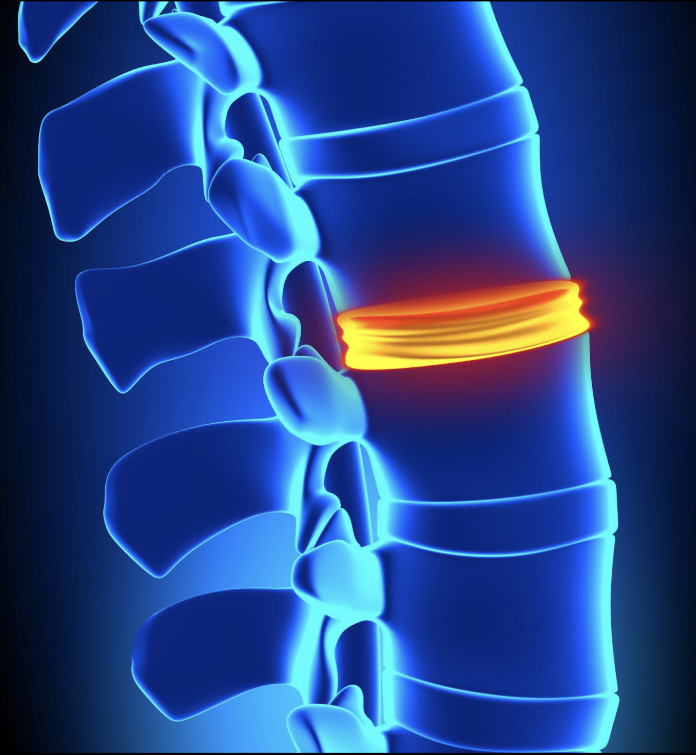Degenerative disc disease (DDD) symptoms of pain, numbness, and muscle weakness occur when a herniated or bulging disc leads to the compression of the spinal cord or a nerve root. The location of these symptoms will vary depending on which region of the spine is affected. Compression in the cervical spine, for instance, will lead to discomfort in the neck, upper back, shoulders, and arms.
When the lumbar spine is affected, symptoms may be experienced in the lower back, hips, buttocks, and legs. These regions are the most likely to develop DDD (the gradual deterioration of the discs in the spine) because they are highly flexible and support great amounts of weight. Read on to learn about the non-invasive treatment options available for DDD.
Noninvasive DDD Treatment
In most instances, DDD symptoms can be relieved through the use of conservative treatments, which may involve:
- The use of nonsteroidal anti-inflammatory drugs (NSAIDs)
- Physical therapy
- Hot and cold therapy
- Low-impact exercise and strength training initiatives
- Posture modificaiton exercises
Minimally Invasive DDD Treatment
If several weeks or months of noninvasive treatments are unable to relieve the patient of their DDD pain and discomfort, BEST Health System may be able to help. Our minimally invasive procedures are performed on an outpatient basis and require no lengthy recovery. Contact us to schedule an initial consultation at the nearest surgery center nearest you.
The minimally invasive procedures we offer at BEST Health System can help you find relief from chronic neck or back pain. Our surgeons are able to access the spine through small muscle-sparing incisions in order to create space for the nerve and the spinal cord to alleviate the symptoms of DDD. reach out to our dedicated team today to see if you are a potential candidate for our outpatient procedures.
